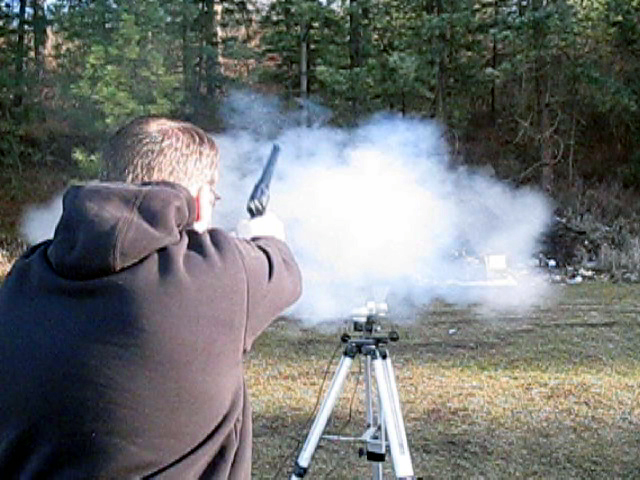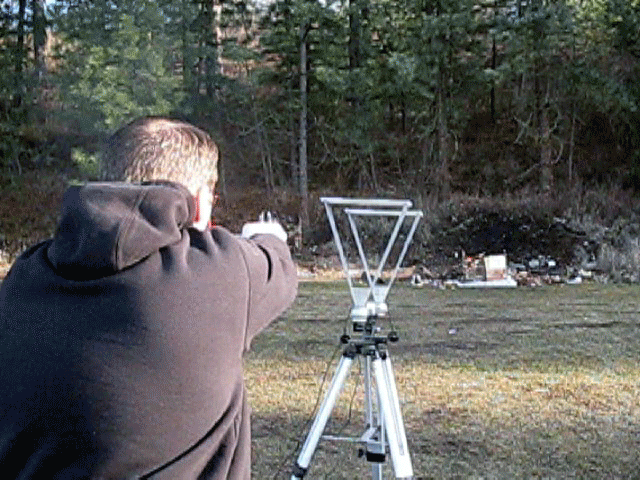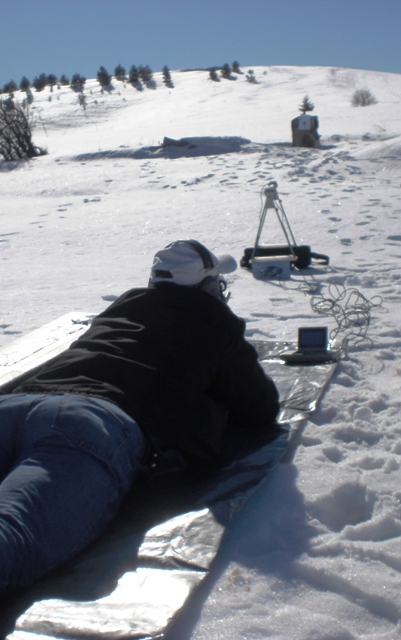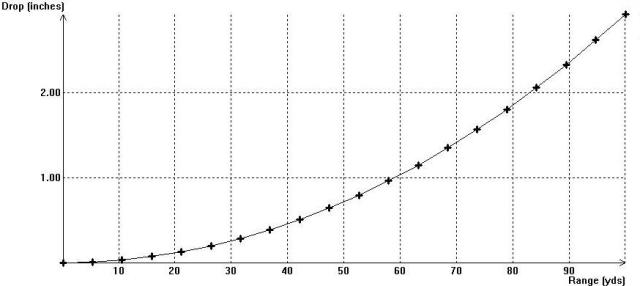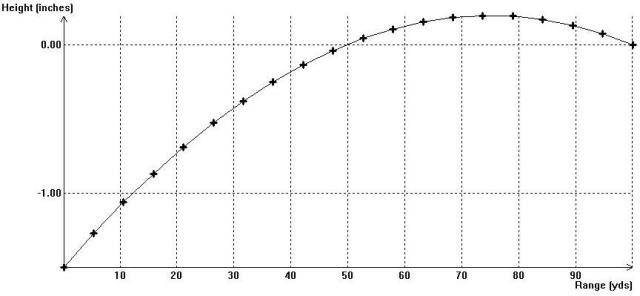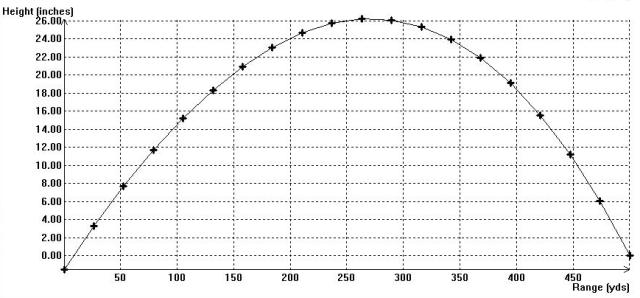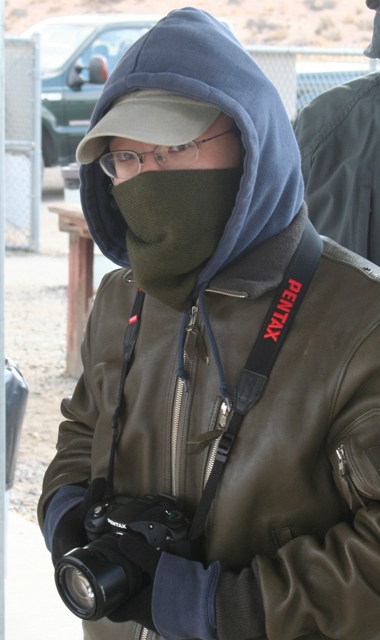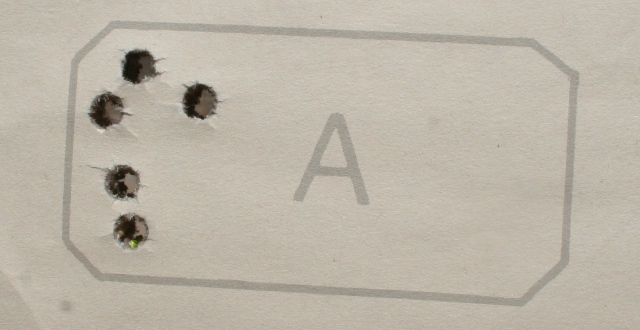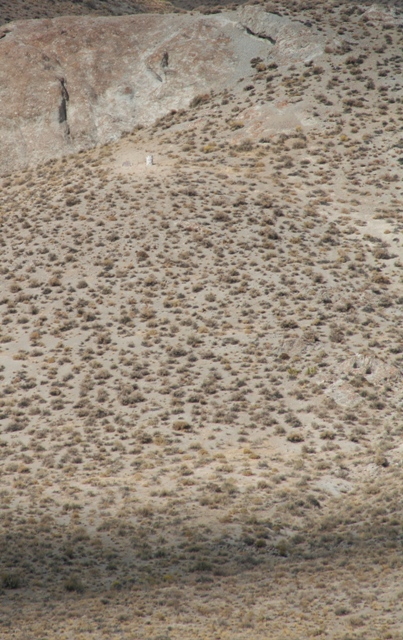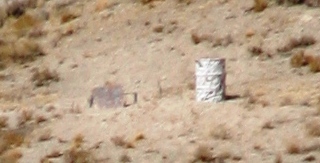It Was a Bright and Calm Morning…
My son and I both decided to hunt Late Muzzleloader season this year for a simple reason– there are far more does and “antlerless” bucks in our little hunting spot than antlered bucks, and this season allows harvesting of “three point minimum or antlerless” white tail deer. Hunting muzzleloader season gives us a high probability of harvesting deer within walking distance of home.
We have one functioning muzzleloader rifle (step one food processor) so Son was given the first watch at the tree stand. The second time out he took a decent young buck (small nubs for antlers) on Thanksgiving Day. He spotted it while climbing down the tree, and shot it with the rifle still tied to the cord we use for raising and lowering things from the stand. After that I started going out to the stand, but saw nothing in several days. That’s unusual, but a deer had just been taken right there by Son. Maybe they’re a bit spooked. Don’t know, but on the morning of the last day of this one-week season, I got tired of sitting in the stand (besides, it was cold) and decided to take a walk.
It was a beautiful morning, just after sunrise, so if I never got a deer, it would still be worth the nice walk along the top of the picturesque basalt cliffs above the Palouse River. There are always a lot of deer tracks up there, as it’s their only option for traveling between their feeding grounds (farmer’s fields) and their primary source of water. My trouble that morning was that if there were any deer, they’d be immediately alerted to my presence. Every 50 yards or so as I was walking along the ridge, a pheasant or two, or about 50 quail, would explode up from near my feet. I might as well have been blowing an air horn every 50 yards and carrying a boom box playing rap music.
There’s a place along that ridge that’s down in a depression, and has some flat land with 360 degree concealment. I knew in advance that if I was going to see a deer along the ridge away from our tree stand, it would likely be there. As I topped the rise, getting ready to look down into the depression, I went slowly, making no sudden movements.
Sure enough, there were two deer, and one of them was a very nice eight-point buck! About 200 yards away, he’s looking in my direction. The sun being directly behind me, I was casting a 100 yard-long shadow right in his direction. Pure stealth isn’t much of an option, but I was moving very slowly so as not to alert them too much. Whack-a-Whack-a-Thump-a-Thump-a-Thump!!! A pheasant exploded up at that moment about six feet away from me, so the buck got real nervous and trotted away. It’s been years since I saw a nice buck up there, and, aware of my presence, this one and the doe are now on the move away from me. Oh well. (but they didn’t bolt, as often happens)
I can either back-track less than a mile, cross the bridge for home and get ready to go to work, or I can go on, crossing another bridge about a mile ahead. That’s an easy choice– I keep going forward in the direction of those two deer. Wham, Slam, Whack!– quail and pheasants continue to announce my presence. This is getting hopeless. But it’s sure a nice day for a walk.
The deer never panicked, I guess, so what ended up happening was that I was dogging them. They’d put some distance between us, I’d close in, and they’d make some more distance. Repeat. Eventually they made a wrong move. Some more quail (announcing my presence, but not telling exactly where) must have startled them out of the thick brush and into the open field.
I did not expect that. They were in range, barely, but moving away fast. Too far away to attempt a shot on a moving target. No shot. What do you do in this situation? I whistled. Deer whistle (I guess it’s more of a fast hiss than a whistle) at each other as an alert message. Anyhow, it worked. They stopped, turned 90 degrees broadside and looked back at me. From that moment, circumstances dictate action. No time for kneeling, and that might scare them off, so standing it is. We’re all in the open. Lock to full cock. Backstop? Check (there’s a hill a couple hundred yards behind them). Front sight. This is a longish shot for this weapon with open sights from standing– about 80 to 90 yards (I’ve never fired this rifle at anything more than 100 yards distant – maybe that has to change, but I’m confident at 100 and this is a bit less). Some vacillating takes place for about a second. One shot, one chance. Too far? Wobble area looks good. Too far? They’re still standing there, stone still. This is a hair trigger. Sight’s right on the sweet spot, what’re you waiting for? Too far? Nope. Bang!
The two deer took off running. The usual question comes to mind; did I miss? They’re running fast and far. 200 yards and they’re out of sight over a rise in the undulating fields. Oh well. It’s a nice day for a walk. Should I reload? Maybe. Have to cover 200 yards to look over that rise and try to spot them. Better do that. There they are; waaaay out there and still running. I must have missed, though the let-off felt fine. Damn. But wait. The doe’s way ahead of the buck. Buck slows down and stops. Then he looks like he got tired and decided to have a little lie down. That’s odd. They only ran about 1,000 yards. No, it can only mean I got him.
He’s lying down with his head up. Better reload. I carry two reloads– plastic cartridges that contain a measure of black powder, a ball with lubricated patch, and a percussion cap. They’re nice because you can use the cartridge structure as a short ball starter. It’s easy– you just place the ball end over the muzzle and smack the other end, like so… Oops! Forgot to pour the powder in first. I have just dry-balled the gun and there’s an injured buck (I don’t know how injured) down there. He could get up and run away. I could lose an injured deer. This sucks. My chosen method of removing a dry ball is to seat the ball all the way down, remove the nipple and trickle a few grains of powder through the flash channel into the breech chamber, cap, then fire. Works like a charm. I have no nipple wrench. Who needs to remove a nipple in the field on a half-day hunt? (it’s coming with me from now on) The nipple’s seated tight– can’t break it free with the Leatherman tool. Damn, damn, damn. I eventually was able to pry the ball out at the muzzle, using the awl accessory (if I’d rammed it down I’d be hosed). Cool. Didn’t scratch the muzzle ’cause the patch protected it. That ball is toast, but I have one more reload.
Meanwhile, the buck is lying there, looking around…head up, head down, head up, head down again. Did he die? Head comes back up. Crap. I had to get close enough for a 100% sure CNS (Central Nervous System) shot. Walk slowly. 40 yards, take aim. No. Why not get closer? 30 Yards, kneel, full cock, put a shot through the neck at the base of the skull. He drops like a stone.
This is not a good place from which to pack out a large deer. Good net coverage. Kamiak Butte, with the cell towers, is only 6 miles to the southwest. I call Son on the phone. No answer. I wait and call again. No answer. I call my wife– she should be getting ready to drive to school. Maybe she can meet me on the Colfax highway a few hundred yards over a hill and bring me home to get the pickup. No answer. I’d also been dogging a coyote along the way, and I’d seen the ‘yote running along the same path as the deer. Can’t gut this buck yet. That’s just inviting that ‘yote in to come and mess up my deer while I’m gone. Leave it whole. I walk a couple miles home, get Son out of bed and drive back to the Colfax highway. We get permission to drive over a planted field to the deer. No dice. The frozen mud had thawed enough at the surface that a 4×4 with studded snows can’t get a grip to climb over the hill. We’re on foot. We go back home to grab a saw and a sled.
Below; the buck fell about a 1,000 yards from where he was hit, which was out of the frame to the upper right.
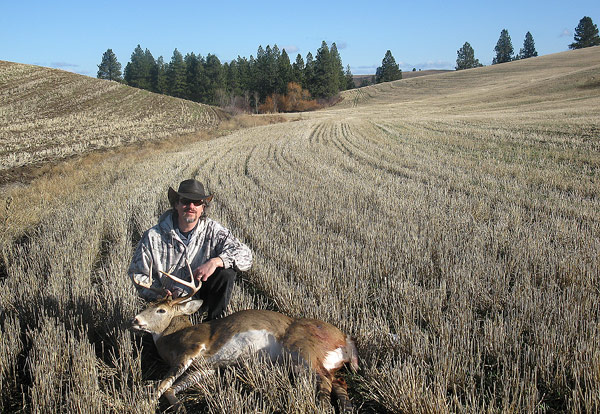
Looking closely, I find an entry wound in the deer’s left hind quarter. Odd. I could have sworn he was broadside to me when the gun fired, and I know I didn’t pull the shot that much. And there’s a ball, just under the skin behind the right shoulder, exactly opposite where I was aiming, but I can’t find a corresponding entry wound. Oh well, I’ll find it when I skin the carcass. Someone else must have shot this deer before me, which would explain the entry wound in the hip. That’s plausible, since I’ve been hearing shots in the area all week. Weird.
Hours later we had the big buck hanging in the garage after getting the workout of the year. Man, this hunting business is getting more like hard work. After gutting (in the field) and skinning the deer (in the garage) there was only the one entry wound to be found. The ball had struck the left “ham” at a shallow angle, passed through the intestines doing very little damage, passed through the stomach, blew a three-finger-sized ragged hole through the liver, punctured the diaphragm, punctured a lung, glanced off a rib and stopped just short of exiting the hide on the right side. I measured 25 inches of penetration, from a ~180 grain round ball that left the muzzle at ~1,920 fps. That deer ran about a thousand yards with all that damage.
My best guess is that the buck was all wound up tight, having spotted me, knowing that I’d been following him. The cow-sized cloud of backlit, white smoke that erupted at extra-sonic speed from the muzzle must have made him jump slightly, changing the angle of impact from broadside to less than 45 degrees. I calculate he had about a quarter second to move from the emergence of the smoke cloud. I dunno. Maybe he wasn’t so fully broadside to begin with as I’d thought. The “act of grace” neck shot did not penetrate more than three inches, but shattered the vertebra.
Here’s one reason to have children. They can pull your sled;
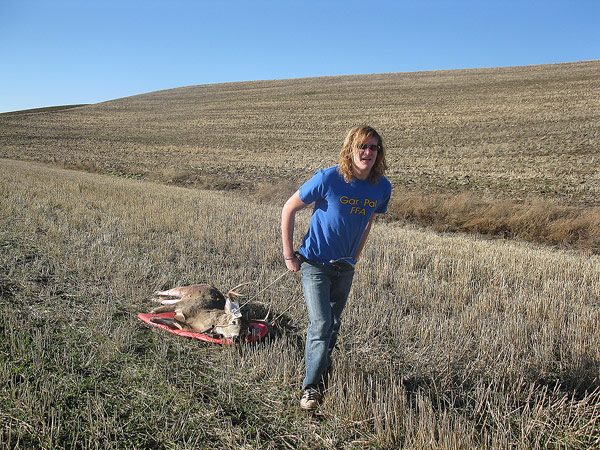
Observations on penetration and “stopping power”
Starting last season, we’ve shot three deer with the same exact load from the same muzzleloading rifle. The first shot penetrated an adult whitetail fully, straight through the ribcage, severing a rib fully on each side, from <30 yards. The same shot from Son hit a smaller deer broadside through the ribs, hit the heart and blew it completely apart, such that you could lay it out like a pancake, and did not exit the hide on the far side. Less than 14 inches penetration. Hitting the big buck in the heavy hip muscle from almost three times the distance, the ball went through 25 inches of animal, and the second ball (on the buck's neck) was demolished after about three inches. The same load (110 grains of Old Black pushing a ~180 grain .495" round ball) penetrated between 3 and 25 inches (a factor of 8.33) depending on shot placement. Sort of makes you wonder about penetration figures given for defense loads. It all depends and what's being penetrated, from hide, to muscle, to the liquid chambers inside the heart, to lung and liver tissue that doesn't explode like that heart did. And stopping power? Each one of these deer was hit with a 100% lethal shot, and they ran from eighty to one thousand yards after being hit.
We’ve had similar “stopping power” experiences using modern rifles, but never has a modern rifle load failed to penetrate completely, regardless of what it hit inside. I’ve been wondering whether the stories of recovered, modern hunting rifle bullets are just mythology, but if the differences in penetration can be so great with the muzzleloader they must be fairly large with modern systems too.
(With that I think I’ve outdone myself—- 2,000+ words. It’s my first nice buck. Can’t I prattle on and on about it?)
Below; Along the bottom, near that ditch behind the small rise is where the buck fell. Kamiak Butte is in the distance, top right in the frame.
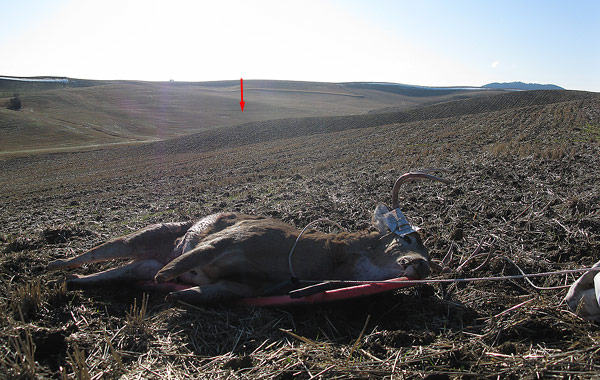
Below; this .495″ (well, formerly .495″) lead ball traveled 25 inches into the animal. I’d not believe it if I hadn’t seen it. I bet I could load it again and kill another deer with it next year.
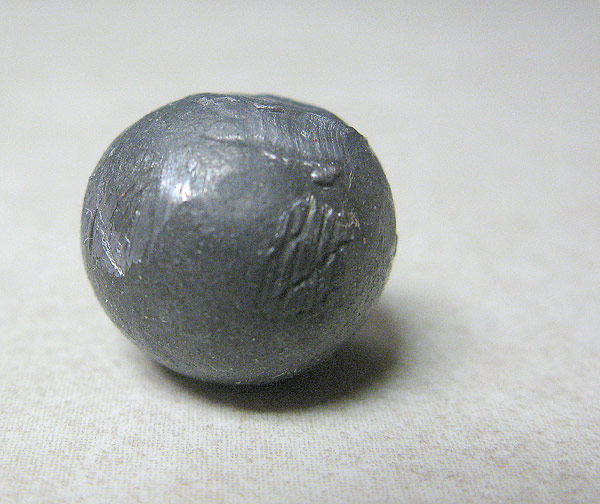
Like this:
Like Loading...

